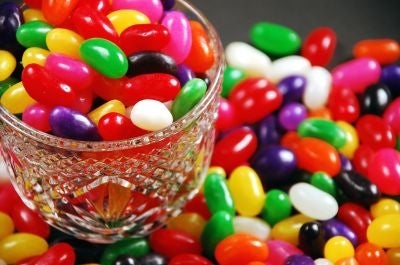An independent panel of experts is to make a recommendation Thursday on whether the US Food and Drug Administration should restrict colorful food dyes which some say cause hyperactivity in children.
After years of defending the dyes - which come in sodas, cereals, and other foods - as harmless, the FDA agreed to review the controversial issue after an appeal by the Center for Science in the Public Interest, a powerful consumer group.
"We reviewed the studies and we don't see a direct, strong link, although certain children with ADHD (attention deficit hyperactivity disorder) may have a sensitivity to some substances," said FDA spokesman Douglas Karas.
"The FDA is conducting a review of this issue," he told AFP.
The regulatory agency is not required to follow the recommendations of the expert panel, though it often does.
Michael Jacobson, executive director of the Center for Science in the Public Interest, on Wednesday applauded the FDA decision to consider the evidence.
"I'm glad that after many years of denial, the Food and Drug Administration is reviewing the evidence linking synthetic food dyes to behavioral problems in children," he said.
"Red 40, Yellow 5, Yellow 6, and other dyes have no useful nutritional or preservative value; their only function is cosmetic. And by cosmetic I mean that dyes are often used to make junk food more attractive to young children, or to simulate the presence of a healthful fruit or other natural ingredient."
The dyes are even placed in foods like mashed potatoes and pickles to make them seem more appealing to consumers, he said.
"The evidence that these petrochemicals worsen some children's behavior is convincing, and I hope that the FDA's advisory committee will advise the agency to both require warning notices and encourage companies voluntarily to switch to safer natural colorings," he said.
European law requires most foods containing dyes to carry warning labels.
According to the Grocery Manufacturers Association, the available evidence does not support the need for a change to US regulations.
"All of the major safety bodies globally have reviewed the available science and have determined that there is no demonstrable link between artificial food colors and hyperactivity among children," the association said in a statement.
The FDA, which is not considering a ban of artificial color dyes as part of this review, banned FD&C Red No. 2 in 1976 because it was believed to contain a cancer causing agent. It has been replaced with a dye called FD&C Red No. 40.
js/ksh/mac

Join our commenting forum
Join thought-provoking conversations, follow other Independent readers and see their replies
Comments